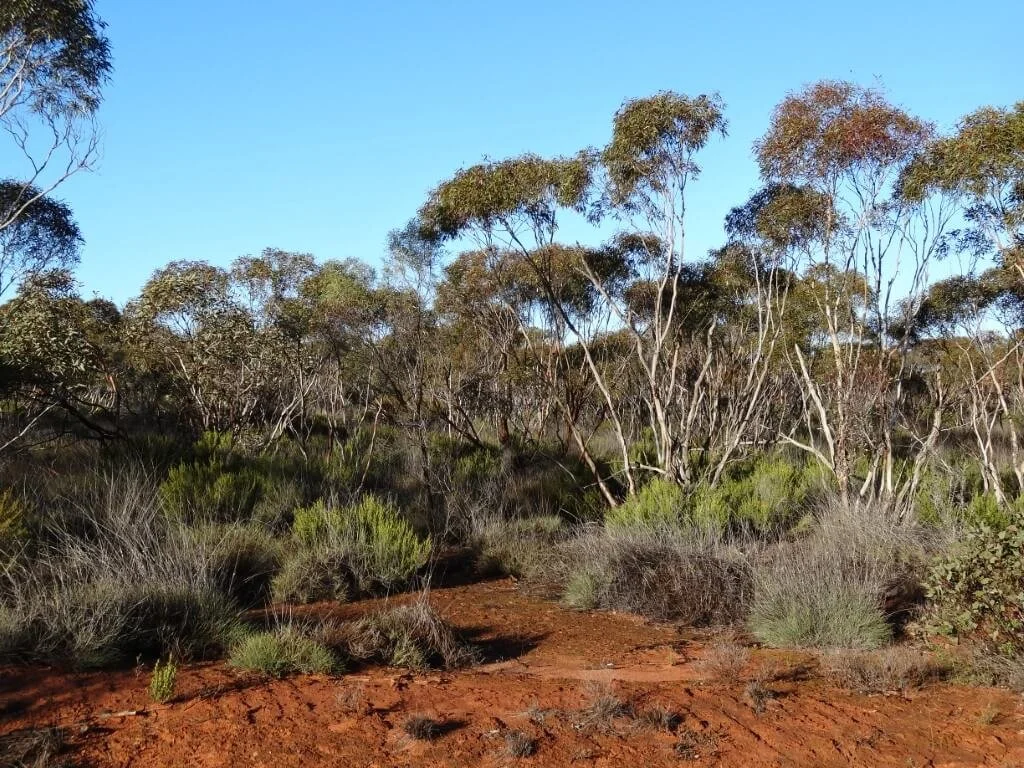It takes a lot to kill a Mallee tree
It takes a lot to kill a Mallee. Several years in fact.
Our Mallee Eucalypts are defined by their underground storage organ, called a lignotuber. Several aboveground stems grow from this lignotuber, giving Mallee trees their characteristic multi-stemmed habit and “shortness” (often only 2-10 m tall).
The lignotuber is a huge, swollen mass that stores energy as carbohydrates. This allows Mallee trees to live for hundreds of years. They can survive drought and fire by simply drawing on their reserves to regrow branches and leaves. They can’t survive bulldozers though (below).
Compare this to the tall, straight trunks of other “gum trees” that don’t have a lignotuber. They might be stately (at over 100 m tall), but are they tough? Nup. The thin-barked ones like Mountain Ash are killed by fire and have to start again from seed. (Okay, to be fair about 90% of Eucalypts can resprout after fire from buds protected under the bark, even if they don’t have a lignotuber.)
But even the lignotuber reserves of a Mallee tree are not inexhaustible. Much to my horror, I discovered the Mallee Looper caterpillar can kill a Mallee tree.
Scientists have experimentally tried to kill Mallee trees. They found lignotubers up to 610 kg in weight and 495 L in volume. They burnt these trees to the ground, then decapitated all the regrowth that appeared above ground. They found if they removed every single aboveground stem for two years after fire, they could kill the tree (1).
This gives us some idea how intense defoliation caused by the Mallee looper is. Mallee trees are designed to withstand loss of leaves, in fact all above-ground parts. It helps them survive in their fire prone environment. But repeated defoliation over several years is their Kryptonite.
That’s why we are trying to understand more about this outbreak of Mallee Looper caterpillars (Arhodia spp.) in the Murray Mallee of South Australia and Victoria. In some areas, repeated defoliation since 2021 is killing the trees.
1. Noble, J.C. (2001) Lignotubers and meristem dependence in mallee (Eucalyptus spp.) coppicing after fire. Aust. J. Botany 49(1):31-41.
This project of the Regional Drought Resilience Planning program is jointly funded through the Australian Government’s Future Drought Fund, the Victoria Government and the Natural Resources Conservation Trust.





